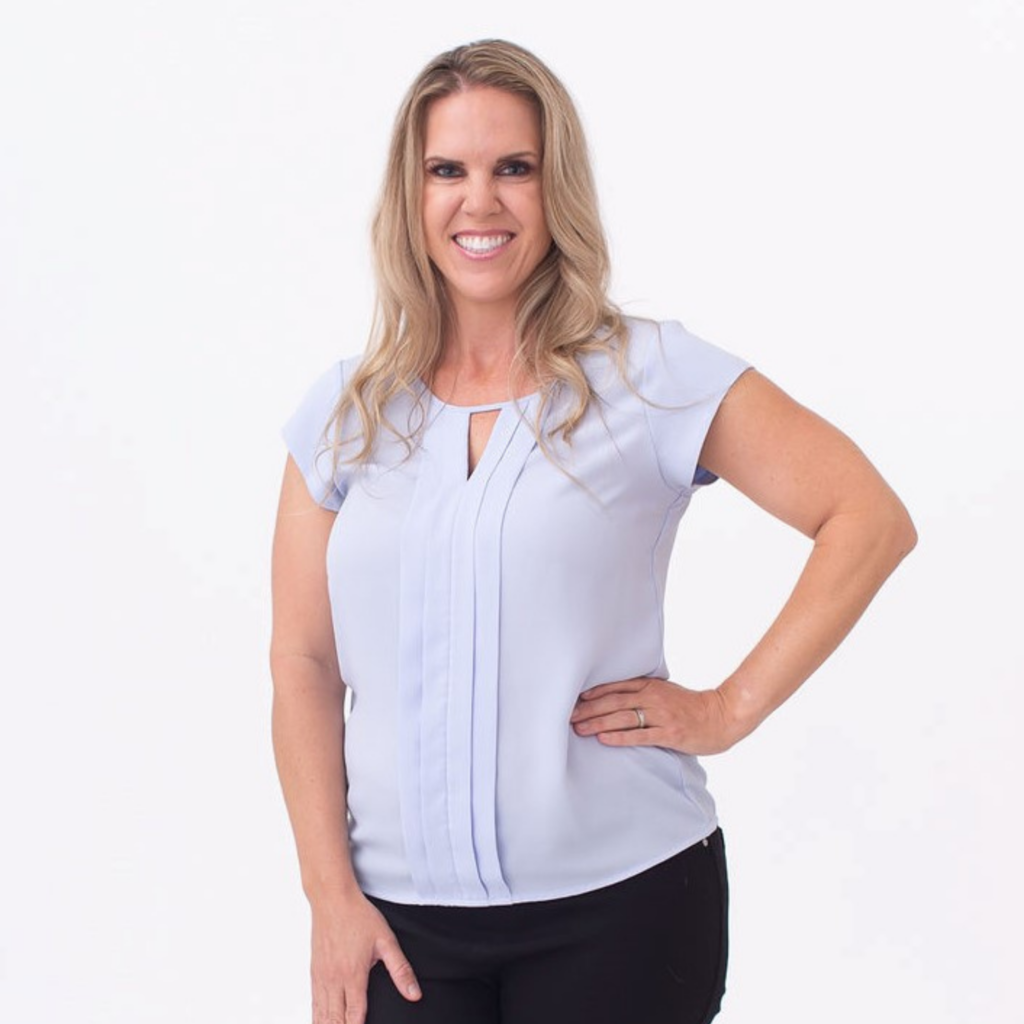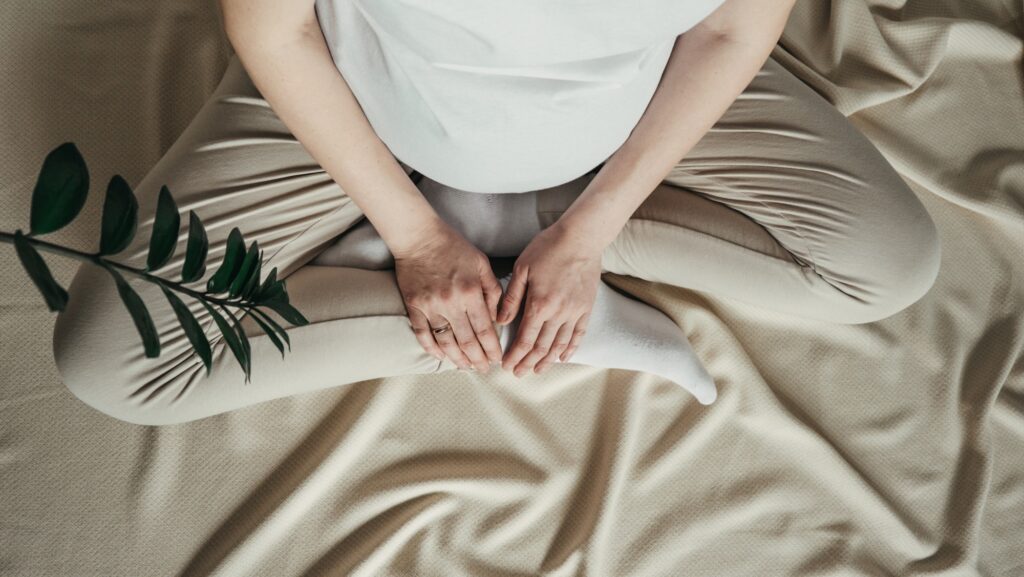Many people, including friends and family, often ask me to describe what exactly I do as a Pelvic Health Physical Therapist; and I LOVE the opportunity to educate and engage with others about this specialty field of health and wellness!
As a pelvic health professional I treat patients experiencing issues in the pelvic region, which includes the abdominal wall, hips, lower back, and the pelvic floor muscles. I also help women prepare for and recover from—> childbirth!
Symptoms in the pelvic region are serious as the pelvic floor regulates many important functions in our body, and connects our hips, spine, and core. In our clinic we treat holistically, the whole body, with mind and breathwork included.
A holistic approach treats the body like a car, with your pelvic region serving as the engine that supports movement.
The causes for issues in our pelvic region are quite plenty.
- improper posture and exercise
- past sexual trauma
- excessive weight or pressure
- pregnancy and childbirth
- overall muscle profile and anatomy
- age
- personal anatomy
- lack of understanding your body communicating a symptom (leaking, pain with sex)
These symptoms can cause conditions like pain with intercourse, urinary leakage, diastasis recti (abdominal separation), prolapse, chronic constipation and pelvic dysfunction.
So you may be thinking, what is the pelvic floor and how is it an “engine”?
The pelvic floor is the group of muscles and connective tissues attached to the bones at the bottom of your pelvis. The pelvic floor acts as a hammock connecting your pubic bone to the tailbone and between your hips stretching from side to side. Normally thick and firm, your pelvic floor allows you to control the release of bowel and bladder movements, vaginal birth, sexual arousal, and acts as a sump pump for the flow of blood and lymphatic fluid. Read more at our blog here >
A physical or occupational therapist with advanced training and coursework regarding the pelvic floor works with patients to examine how the muscles are performing and connecting to the pelvic region.
In our clinic we see patients one-on-one, learn about your personal history and symptoms, and form a treatment plan alongside you. We may offer an evaluation of your pelvic floor muscles if necessary and only if given permission by you.
Whether you’re ready to see a pelvic health specialist or not, we have many resources available for you! Follow @Thrivepelvichealth on Instagram Tiktok and Pinterest.








